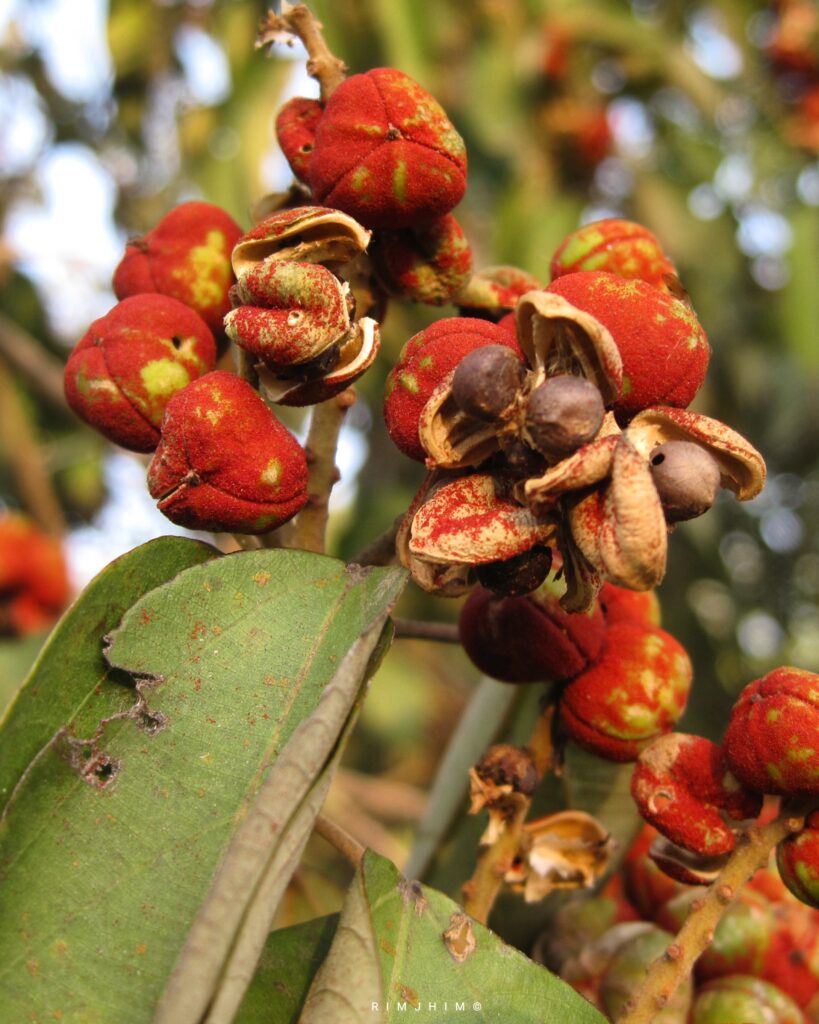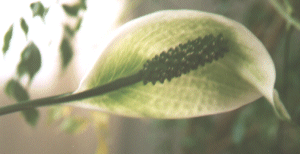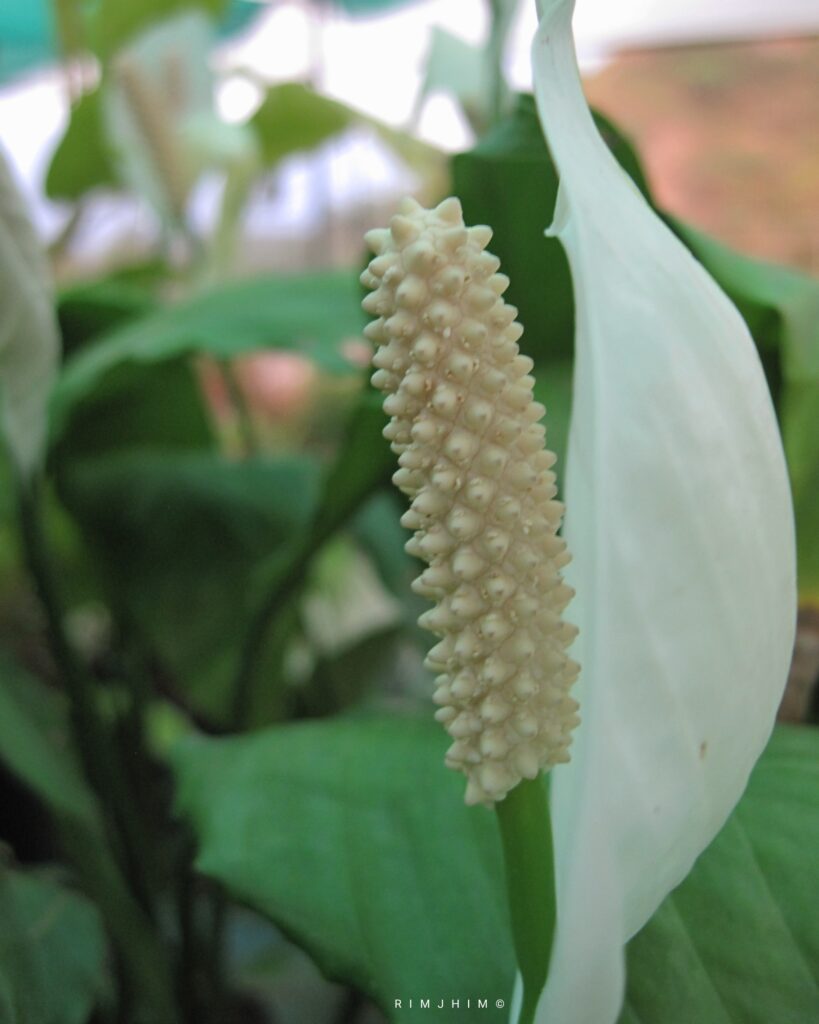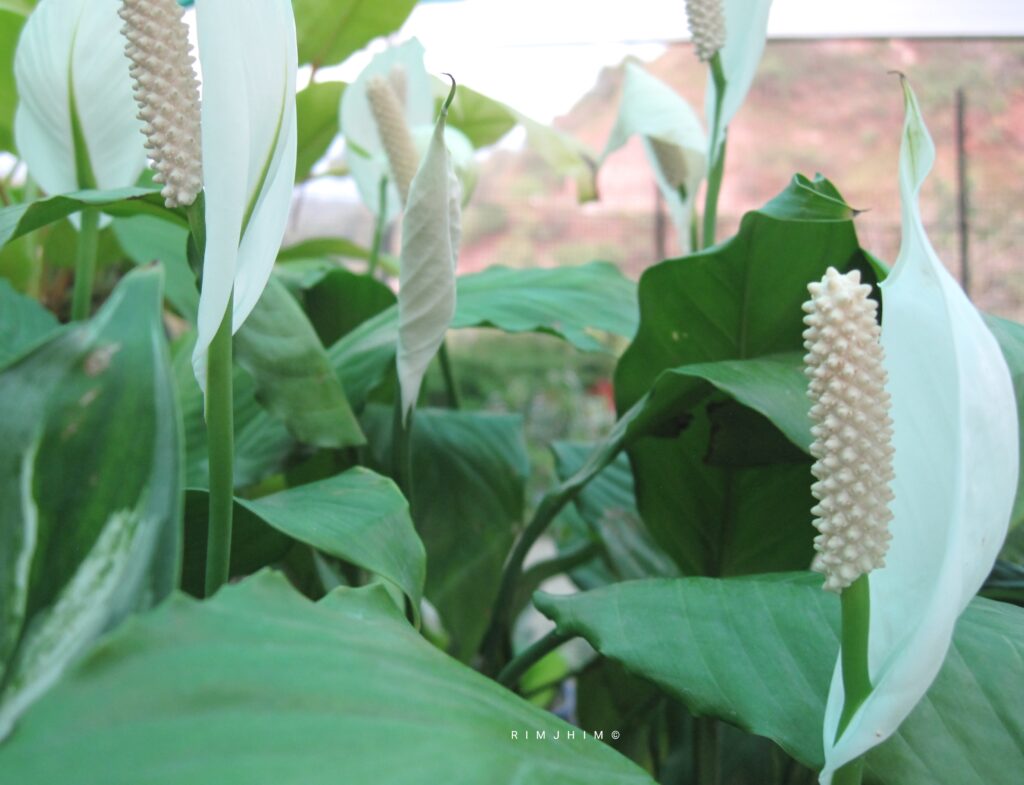White Champa is a hybrid between M. champaca anf M. montana, grown as an ornamental and used medicinally. The plant is usually not fruiting and is propagated by grafting. It is a tree up to 17 m tall, up to 30 cm d.b.h. with bark gray. Flowers are very fragrant. Tepals are 10, white, lanceshaped, 3-4 cm x 3-5 mm. Staminal connective protruding and forming a long tip. Branches and leaves are fragrant after being crushed. Twigs are patent, forming a broadly umbelliform crown.Young twigs and buds are densely pale yellowish white puberulous, trichomes gradually deciduous with age. Leaf-stalks are 1.5-2 cm, sparsely puberulous, leaves long elliptic to narrowly ovate, 10-27 x 4-9.5 cm, thinly leathery, base cuneate, tip long-pointed to tip falling off. Flowering: April-September.
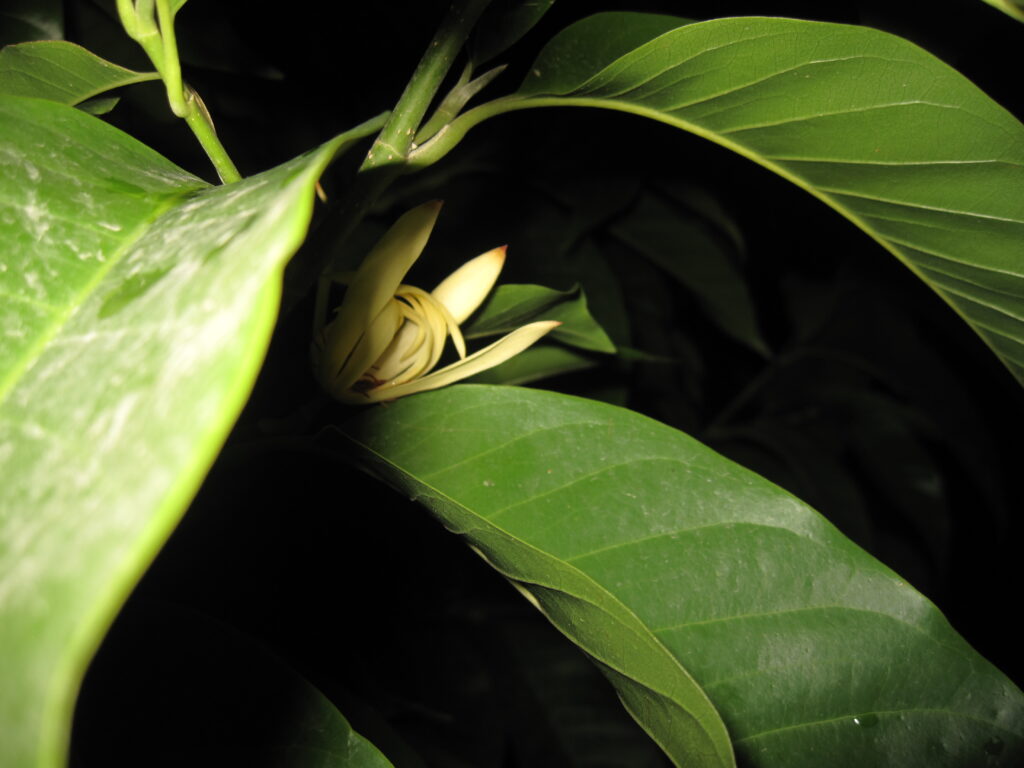

Magnolia x alba
